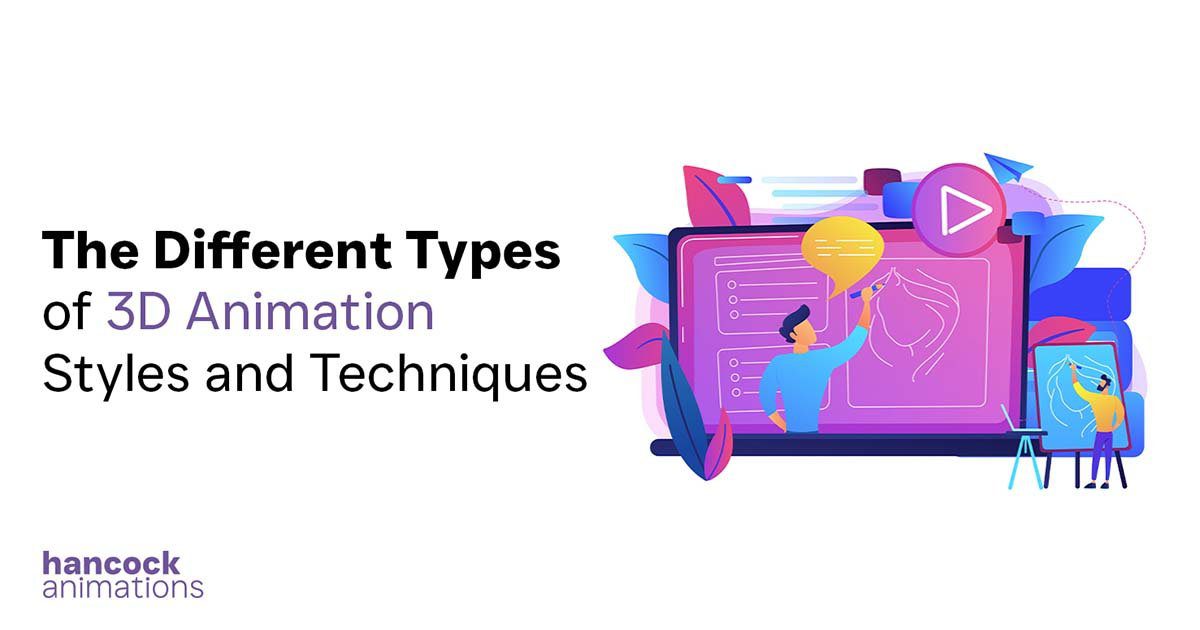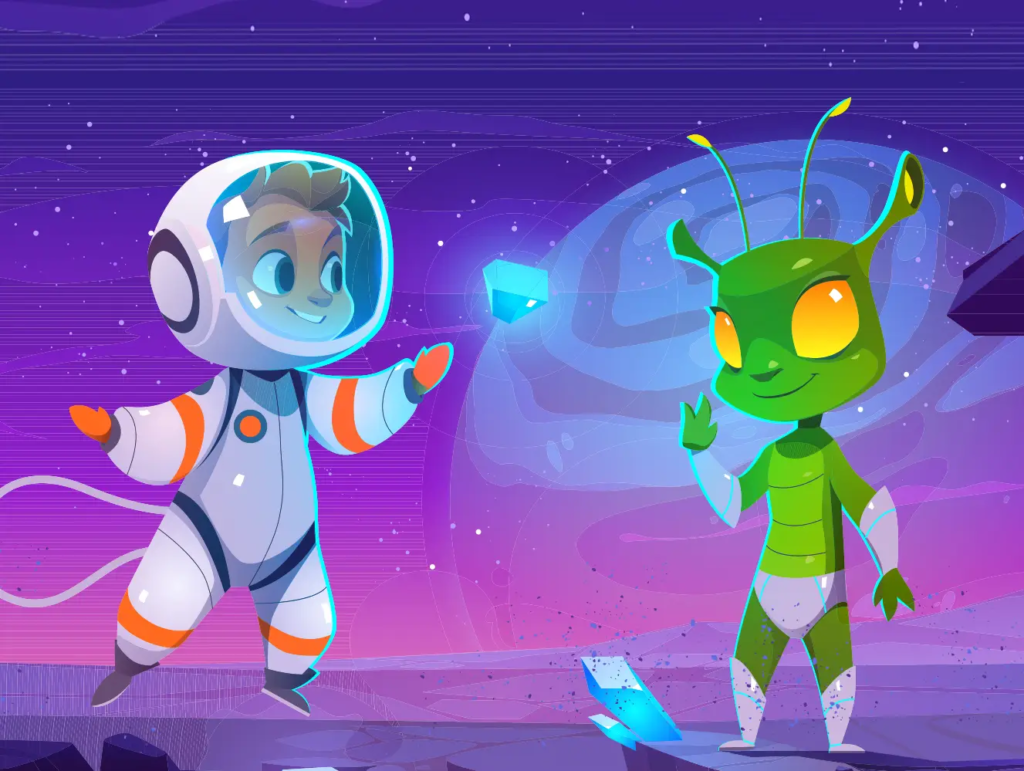The Different Types Of 3D Animation Styles And Techniques

Pixar’s hit movies like Toy Story, Up, and Cars have made 3D animation hugely popular. 3D stands for three-dimensional, which means it adds height, width, and depth to animations, making them more lifelike.
3D animation production can be complex, but the results, both in terms of profit and capturing the audience’s attention, are well worth it. For further insights on how this medium is profitable and engaging, explore Hancock Animations’ high-quality 3D animation services.
That said, in the world of 3D animation, there are always new techniques and styles emerging. 3D animators keep getting better at what they do, and their work continues to be inspiring and creative.
For the latest trends in 3D animation styles and techniques, read the article below.
What Are The Different Types Of 3D Animation Styles?
There are several different styles of 3D animation, each with its own unique characteristics and applications. Here are some of the most common 3D animation styles:
1. Fluid Stimulation
One of the 3D animation styles is known as Fluid Stimulation. Fluid animation, as the name implies, is often used in creating fluids like materials, such as rain, lava, water bodies, smoke, fire, clouds, explosions, etc. It can be created by the use of different software tools such as Blender, Maya, Solid Works, and others.
Fluid animation allows artists or animators to generate captivating and realistic visuals that can be used in animated features, live-action movies, and gaming. It can also be used in large-scale advertisements and other video forms to create a larger-than-life impact on the screen.
2. Skeletal Animation
Skeletal animation, also known as 3D rigging, is one of the popular types of 3D animation styles that allows 3D animators to create a 3D figure that has fewer controls and allows them to create the structure of the skeleton of a puppet. The surface with which the meat or flesh is connected is known as skin or mesh while the bones are called skeleton or rig.
The artists carefully consider the anatomical positioning of the human body to create realistic visuals in skeletal animation. Firstly, animators create digital bones for the animated character and then move forward to attaching muscles and skin. After that, the animators create a digital structure or skeleton to create a puppet-like look.
The 3D animators not only design the structure but also add positions or rotations to the digital skeleton. This technique is often used to either create an animated character or deform one.
3. Inverse Kinematics
One of the more popular 3D animation techniques, inverse kinematics, is used to direct the motion and movements of an animated character’s arms and legs. It models and modifies the skeleton created through the skeleton animated through skeletal animation.
This manipulation of the animated character’s body allows users or viewers to move freely within a digital landscape. It is often used in movies and video games to bring control in the hands of the animated character or the humans controlling the characters.
Popular software such as Maya and 3DS Max are used for the inverse kinematics technique of animation.
4. Digital 3D Animation
Digital 3D animation is created primarily for a visual experience, with limited or no interaction from the viewer. Game artists often utilize software like Cinema 4D, Maya, or SketchUp to craft these animations. This style is prevalent in video games and the creation of digital characters for live-action films. The production process involves several professionals:
- Concept Artist: Visualizes the game concept and generates detailed character and environment sketches.
- 3D Modeler: Transforms the concept artist’s sketches into 3D models for characters and digital environments.
- 3D Animator: Gives life to the 3D models by defining their movements and actions. It’s a labor-intensive process, as every frame requires rendering from various angles.
5. Interactive 3D Animation
Interactive 3D animation allows users to navigate and interact with the 3D environment, typically using a mouse or other input devices. Game artists employ specialized software to create this type of animation. Due to the interactive nature, everything in the environment must be customizable, and characters should respond to player commands accurately.

6. Virtual Reality 3D Animation
Virtual Reality (VR) 3D animation is highly intricate and requires VR headsets like Google Glass or Oculus for immersive experiences. The visuals in VR must be exceptionally lifelike, as players are fully immersed in the virtual world.
7. Stop Motion Animation
Stop motion animation is a frame-by-frame creation process. Artists manipulate physical elements, capturing each frame meticulously and playing them back rapidly to produce the 3D animation. It demands a high degree of creativity and patience, as even a single incorrectly captured frame necessitates a complete composition redo.
8. Cel Shading
Cel shading, also known as Toon shading, mimics the appearance of hand-drawn comic books or cartoons. It begins with a standard 3D model, but the shading process is non-photorealistic. Conventional lighting values are translated into discrete shades, resulting in a flat, comic book-like appearance with solid color blocks for shadows and highlights.
9. Motion Capture Animation
Motion capture animation is essential in the development of AAA games, mobile projects, and film production. It involves capturing the movements of actors and transferring them to character animations. Key advantages include highly realistic character movements, precise physical interactions, and cost-effective production due to efficient animation data generation.
How Hancock Animations Can Help?
As a 3D animation company, Hancock Animations has established itself through its use of different types of 3D animation styles and has helped businesses gain more sales and revenue. Our expert team of animators has an extensive experience with various sets of different 3D animation styles which adds to their versatility and expertise.
With the aid of our skillful animators, we can help you get the results you want, create a lasting impression on your targeted audience and provide an immersive escapade for them.
Wrapping Up…
The world of 3D animation is rich and diverse, offering a wide array of styles to cater to various creative needs. Game development, in particular, benefits from the diverse range of animation styles, with each style bringing its own set of challenges and rewards. Collaborating with skilled artists and using professional software is essential for achieving the desired results in 3D animation projects of varying complexities.
Ready to stand out in a crowded market? Let our 3D animations set you apart.
As time progressed, technological advancements and changing digital trends gave birth to many types of 3D animation styles that 3D animators can use to create videos that help businesses grow. The most popular ones include digital 3D videos, stop-motion animation, virtual reality 3D, and interactive 3D landscapes.
The choice of 3D animation style depends on the project’s goals, target audience, and artistic vision. Realistic styles are often used for immersive experiences, while stylized and cel-shaded styles may be chosen for creative and artistic expression.
Pixilation is not typically considered a 3D animation style. It is a stop-motion technique where live actors or objects are used frame by frame to create animation, often resulting in quirky and surreal effects. While it can be creatively integrated into 3D animation, it is separate from traditional 3D animation styles.

